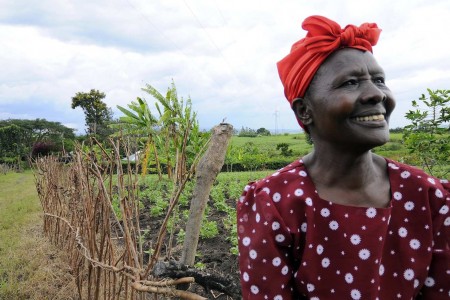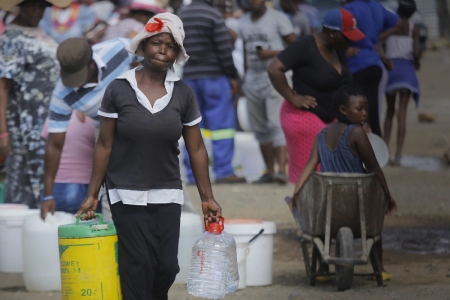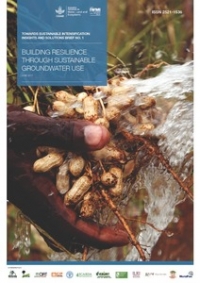Originally published as an Op-Ed in Thomson-Reuters.
In 2014-2016, southern Africa saw its worst drought in decades, resulting from the most severe El Niño event in half a century. Leading to sharp declines in crop production, the drought dealt a severe blow to food security, with millions of people across the larger Pacific region facing hunger, poverty and disease.
Nature’s unseen water resource
While we all know groundwater is a key water resource for farmers, small communities and larger cities alike in sub-Saharan Africa, it is largely missing from existing analysis of climate change impacts on water. Yet, Cape Town, which was greatly supported by groundwater development in its struggle to push back Day Zero when the city was projected to run out of water, shows us that groundwater is key to resilience.
But how does this unseen and relatively untapped resource in sub-Saharan Africa itself react to climate change? This may be the ultimate question as our water resources are finite, increasingly scarce and increasingly in demand. If African countries are to rely on groundwater for future resilience and manage it sustainably, they must quickly gain a better understanding of climate change impacts on this critical resource.
El Niño and extreme rainfall-triggered groundwater replenishment
A recent study sheds new light on the climate-groundwater relationship, finding that the 2015-2016 El Niño weather event replenished groundwater very differently in southern Africa and in East Africa just below the equator. Based on a combination of satellite and on-site data analysis, it is part of a growing body of research, to which the International Water Management Institute (IWMI) is contributing, in collaboration with UK partners such as University College London, Cardiff University, University of Sussex, and British Geological Survey, as well as others in southern and eastern Africa.
The El Niño-Southern Oscillation, or ENSO phenomenon, involves the interaction between the atmosphere and the ocean in the tropical Pacific. It is a telling cause of climate variability in the tropics. As an extreme case among historical patterns, the 2015-2016 event had exactly opposite effects on rainfall in southern Africa and East Africa below the equator.
In southern Africa, it resulted in the most intense drought ever recorded for the region, estimated to recur every 200 years.
The authors note that warming caused by human activities has heightened climate risks. They suggest that this has already “doubled the risk of such an extreme… event,” meaning such an intense drought could return every 100 years. The 2015-2016 drought limited the recharge of aquifers and increased demand for groundwater leading to a decline in groundwater storage.
In contrast, East Africa, just south of the equator, saw unusually high – but not extreme – rainfall, likely to recur every 10 years. With 100-150% above normal daily rainfall intensity in many places, this significantly boosted groundwater recharge and storage. At the Makutapora well field in Tanzania, for example, strong groundwater recharge reversed a long-term decline in groundwater storage that had resulted from increasingly intensive pumping to the growing city of Dodoma.
Another new study published in Nature underpins the importance of extreme rain events in restocking groundwater in drylands in sub-Saharan Africa. Rather than being replenished through regular rainfall, groundwater responds best to extreme rainfall events – the type that happens every 10 years or so, and is often associated with large scale climate phenomena like ENSO. The research also found that, since groundwater in drylands is recharged where rain accumulates in surface water bodies such as rivers and ponds, replenishment is further accentuated by more intense rainfall events associated with climate change.
Getting the better of climate change
Sub-Saharan countries are rapidly developing their groundwater resources, and these figure importantly in national development plans aimed at supplying cities with drinking water and enabling farmers to intensify production. Whether such plans come to fruition will depend on sustainable management of groundwater. Indeed, water managers need to understand how climate change impacts groundwater under different conditions and how they can best respond.
Techniques referred to as “managed aquifer recharge”, can channel and capture water runoff from intense rainfall events to more quickly and efficiently replenish groundwater. Thus, when climactic events increase rainfall, water managers and users across Africa can use such techniques to boost groundwater supply.
The extreme events can be predicted with some certainty and with seasonal lead times to help farmers and managers prepare. Combined with efficient resource use and safe wastewater reuse, communities and countries can better adapt to the more severe and frequent droughts, as well as floods, that are sure to come. With these approaches and opportunities, we can help harness the climate solutions that lie underground in the drylands in sub-Saharan Africa and beyond.








